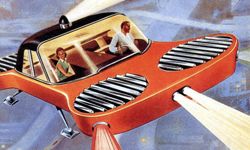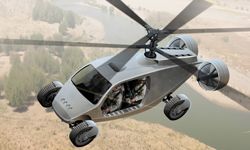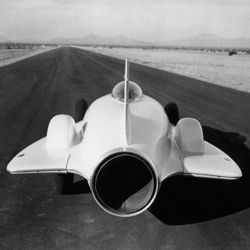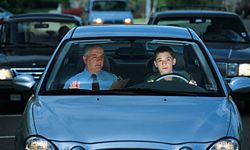Before you write us off as flying-car-haters, let us explain. There are some logical and practical reasons that you may indeed not want a flying car. You just may not have thought about them yet. That's why we're here -- not to steer you away from the awesome possibilities that Chitty Chitty Bang Bang and Doc Brown introduced to us, but to give you a few tips why you may not want to go out and buy the first flying car, when and if they become available.
Flying is statistically safer than driving, but those stats may not translate to a new breed of flying cars. There will be new rules, additional driving and flying education, and not to mention you'll be flying with the same group of people you commute on the roads with today. A scary thought for many of us.
Advertisement
Flying cars may be in our near future, so why not consider a handful of the drawbacks these marvelous machines may give us? Our traditional cars can give us enough headaches as it is; cars that can fly won't be different, and may possibly be worse. Sure we may be able get to our destinations faster, but what if we have an accident or we run out of gas? It's not as easy to pull over when you're flying.
So while you may not think there's anything wrong with flying cars, you might want to check out our list of five reasons you might not want one.
Fasten your seatbelts and put your tray tables in their upright positions because as Doc Brown said, "Where we're going, we don't need roads."





